Discover 8 hidden attractions, cool sights, and unusual things to do in Thetford Forest (United Kingdom). Don't miss out on these must-see attractions: West Stow Anglo-Saxon Village, Grime's Graves, and Brandon Country Park. Also, be sure to include Weeting Castle in your itinerary.
Below, you can find the list of the most amazing places you should visit in Thetford Forest (England).
Table of Contents
West Stow Anglo-Saxon Village
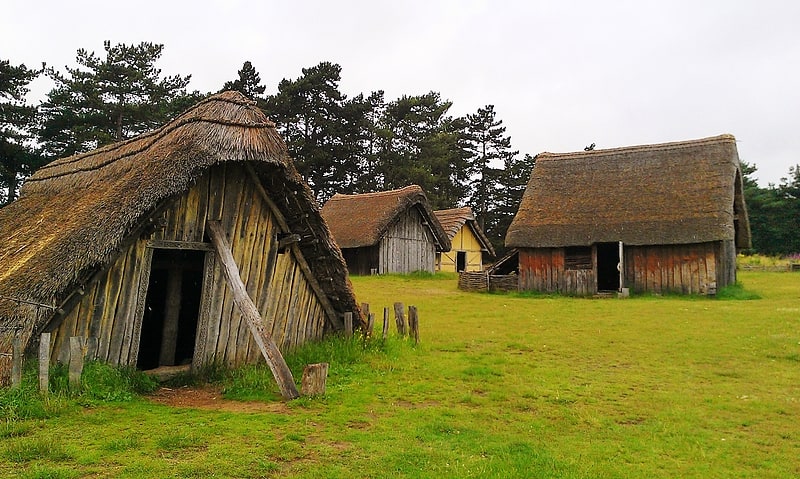
Museum in England. West Stow Anglo-Saxon Village is an archaeological site and an open-air museum located near to West Stow in Suffolk, eastern England. Evidence for intermittent human habitation at the site stretches from the Mesolithic through the Neolithic, Bronze Age, Iron Age and Romano-British period, but it is best known for the small village that existed on the site between the mid-5th century and the early 7th century CE, during the early Anglo-Saxon period. During this time, around 70 sunken-featured buildings were constructed on the site, along with 8 halls and a number of other features. Subsequently abandoned, the area became farmland in the Late Medieval period.
Antiquarian interest in the site began in 1849, when a nearby Anglo-Saxon cemetery was discovered. Subsequent excavations of Romano-British pottery kilns took place in the late 19th and mid-20th centuries, before the Anglo-Saxon settlement was revealed. The site was excavated between 1956 and 1972 by an archaeological team from the Ministry of Public Buildings and Works (MOPBW), led first by Vera Evison and then by Stanley West. Following the culmination of excavation, it was decided to reconstruct the village on the site, an experimental archaeological project which has been ongoing since 1974. In 1999, the site was opened to the public with a new visitor's centre, museum and cafe.[1]
Grime's Graves
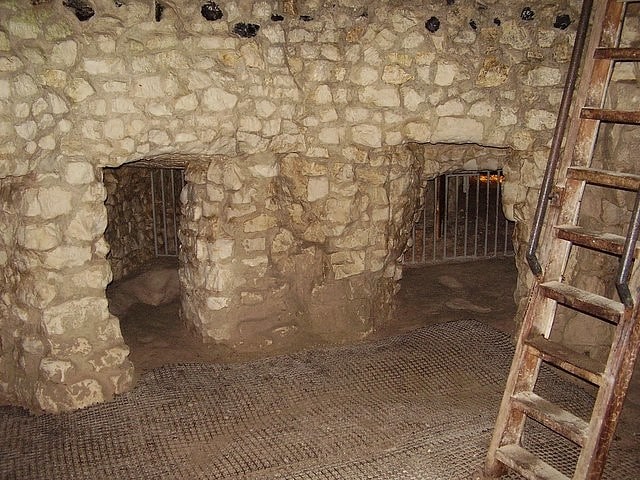
Historical landmark in Weeting-with-Broomhill. Grime's Graves is a large Neolithic flint mining complex in Norfolk, England. It lies 8 km north east from Brandon, Suffolk in the East of England. It was worked between c. 2600 and c. 2300 BC, although production may have continued well into the Bronze and Iron Ages owing to the low cost of flint compared with metals. Flint was much in demand for making polished stone axes in the Neolithic period. Much later, when flint had been replaced by metal tools, flint nodules were in demand for other uses, such as for building and as strikers for muskets.
Grime's Graves was first extensively explored by the 19th-century archaeologist William Greenwell.
The scheduled monument extends over an area of some 37 ha (91 acres) and consists of at least 433 shafts dug into the natural chalk to reach seams of flint. The largest shafts are more than 14 m (46 ft) deep and 12 m (39 ft) in diameter at the surface. It has been calculated that more than 2,000 tonnes of chalk had to be removed from the larger shafts, taking 20 men around five months, before stone of sufficient quality was reached. An upper 'topstone' and middle 'wallstone' seam of flint was dug through on the way to the deeper third 'floorstone' seam which most interested the miners. The site is managed by English Heritage and can be visited.
The site is also a biological and geological Site of Special Scientific Interest and a Geological Conservation Review site. It is part of the Breckland Special Area of Conservation and Special Protection Area.[2]
Address: Lynford, IP26 5DE, Thetford Forest
Brandon Country Park
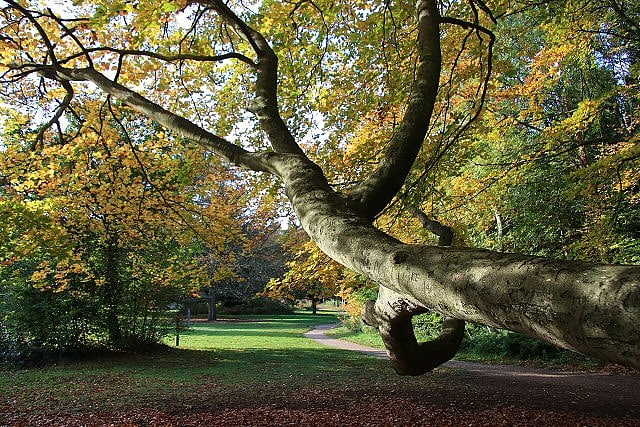
Country park in Brandon, England. Brandon Country Park is a country park in Brandon, Suffolk, England.[3]
Address: Bury Road, IP27 0SU Brandon
Weeting Castle
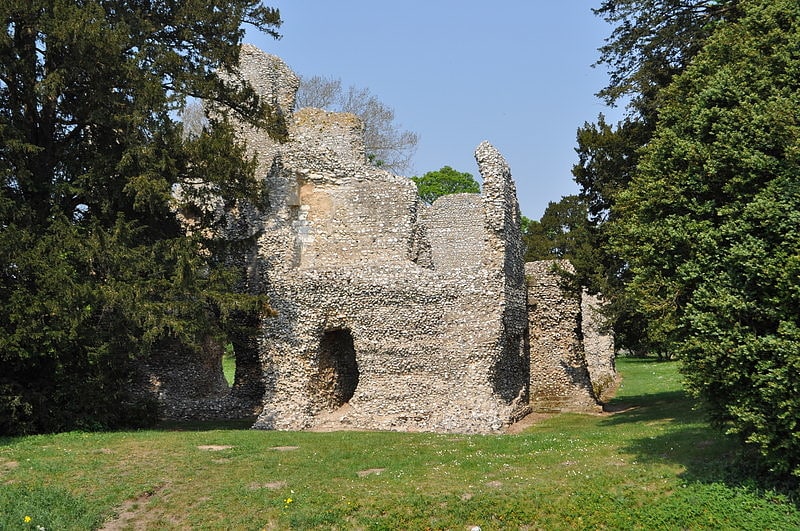
Castle in Weeting-with-Broomhill, England. Weeting Castle is a ruined, medieval manor house near the village of Weeting in Norfolk, England. It was built around 1180 by Hugh de Plais, and comprised a three-storey tower, a substantial hall, and a service block, with a separate kitchen positioned near the house. A moat was later dug around the site in the 13th century. The house was not fortified, although it drew on architectural features typically found in castles of the period, and instead formed a very large, high-status domestic dwelling. It was probably intended to resemble the hall at Castle Acre Castle, owned by Hugh's feudal lord, Hamelin de Warenne.
Weeting Castle ceased to be used in the late 14th century and fell into decay. The ruins formed an ornamental feature in the grounds of nearby Weeting Hall from 1770 onwards, and passed into the ownership of the state in 1926 when the government acquired the surrounding estate. The site is now managed by English Heritage and open to visitors.[4]
Weeting Heath

Weeting Heath is a 141.8-hectare biological Site of Special Scientific Interest west of Thetford in Norfolk, which is managed by the Norfolk Wildlife Trust. It is a Nature Conservation Review site, Grade I, and a National Nature Reserve. It is also part of the Breckland Special Area of Conservation and Special Protection Area.
This grass and lichen heath is grazed by rabbits. It has a high density of breeding birds, including stone-curlews. One arable field is reserved for uncommon Breckland plants.
The site is open at limited times.[5]
Mildenhall Warren
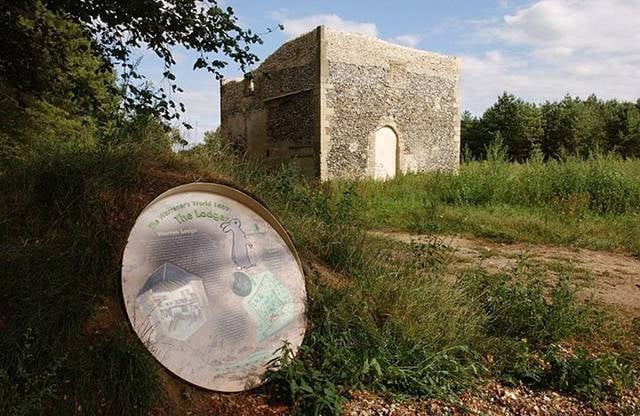
Park, Relax in park
High Ash

Park, Relax in park
Address: High Ash, Thetford Forest
London Road Industrial Estate
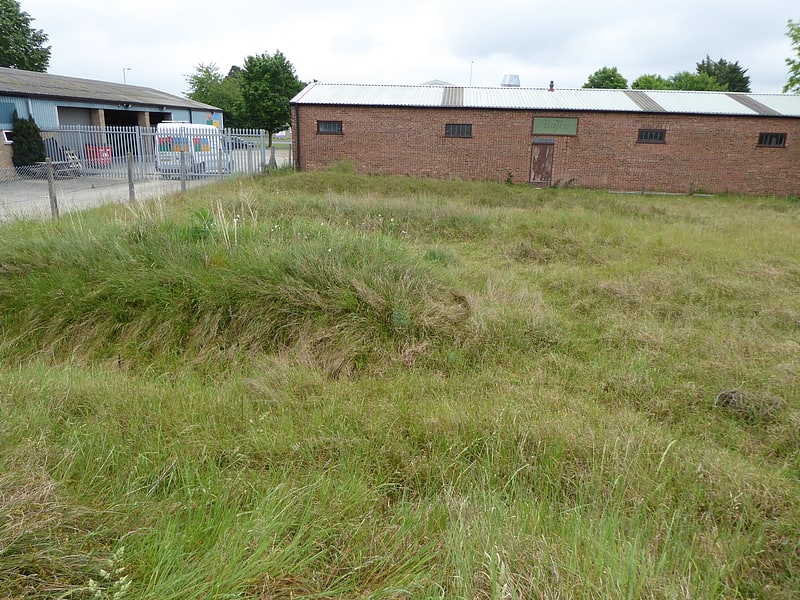
London Road Industrial Estate, Brandon is a 0.1 hectare biological Site of Special Scientific Interest in Brandon in Suffolk.
This very small meadow in the middle of an industrial estate has been designated an SSSI because it has the largest known wild population in Britain of the nationally rare Artemisia campestris, which is thought to have survived due to periodic soil disturbance.
There is access to the site by a stile.[6]